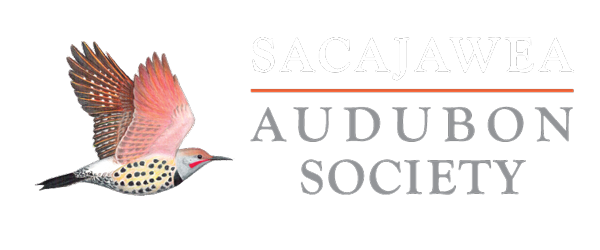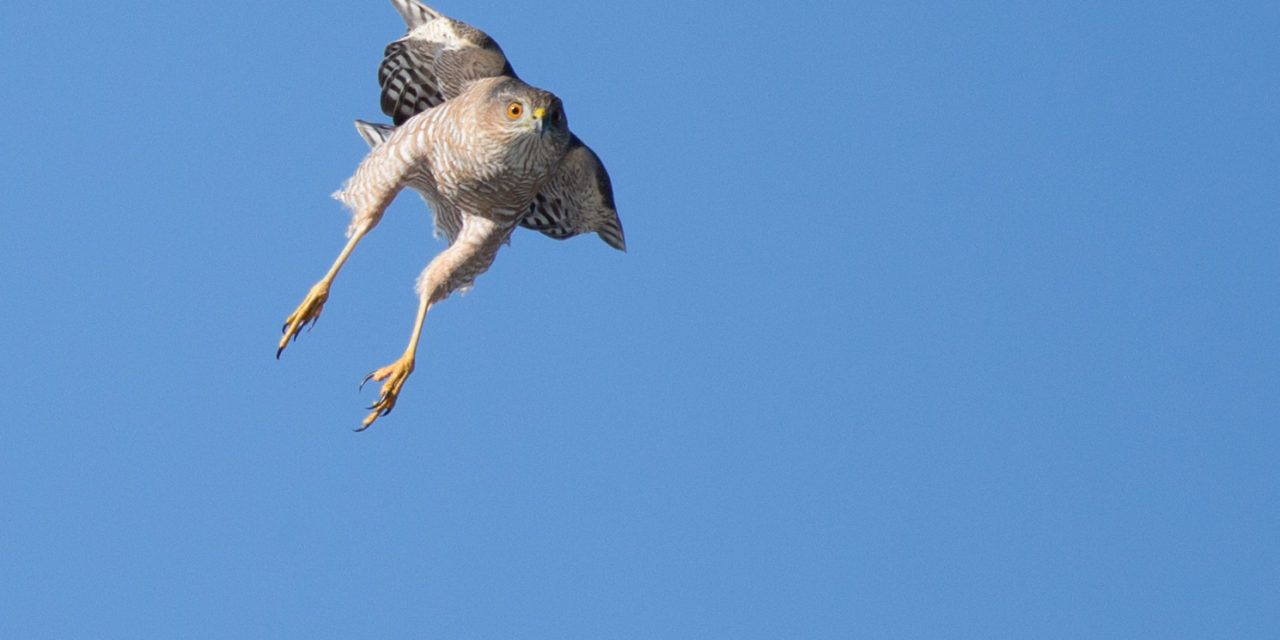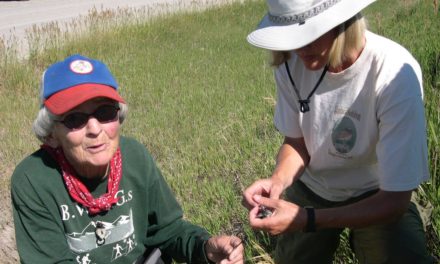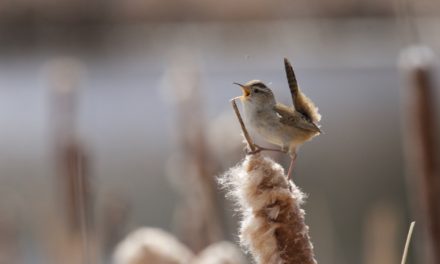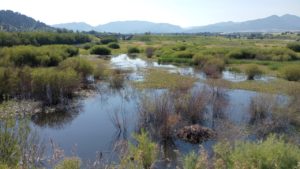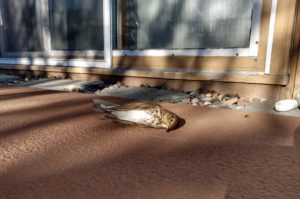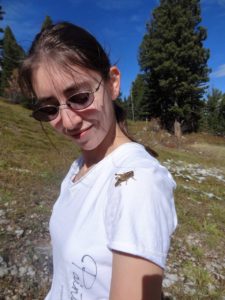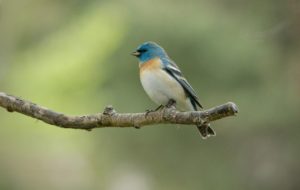By Steve Hoffman
We are now one-third of the way through our 32nd consecutive full season of scientific migratory raptor counts atop the Bridger Mountains (above Bridger Bowl Ski Area). So far, we are off to a wonderful start! Through September 17th we have already counted 766 raptors of 16 species, with especially strong counts of American Kestrels (105), Northern Harriers (112), and Turkey Vultures (47). Such impressive numbers for these three species suggest the possibility of new record highs by the end of our count on October 31st. One of the primary purposes for this long-term raptor monitoring effort is to assess the population status and trends of more than a dozen raptor species that use this portion of the Rocky Mountain Flyway as they leave their breeding areas to migrate southward, seeking warmer, prey-rich environs for the winter. As predatory birds, raptors occupy the very pinnacle of the food chain, and thus are quite sensitive to the health of—and changes to—the overall status of the Earth’s terrestrial ecosystems. They serve as the proverbial “canary in the coal mine” for the status of our natural ecosystems. These birds warned us about the DDT crisis of the 1950s and 1960s, and they may help us understand the adverse impacts of rapid climate change and other human-caused alterations to our natural world. What have we learned so far from these long-term raptor counts? For starters, the Golden Eagle—a widespread, adaptable raptor that inhabits much of western North America—has experienced statistically significant, long-term declines of 35–40% since our counts began in 1992. The U.S. Fish & Wildlife Service is currently conducting intensive scientific studies throughout the West to better understand the eagle’s status, and likely causes of its long-term decline. If you might enjoy a nice hike and spending time atop the Bridgers while viewing a great variety of raptors passing by our observation point, we invite your participation in the count. ALL are welcome! If you need directions to reach our observation site, do not hesitate to contact me, Steve Hoffman, the founder and coordinator of this project. You can email me at swhoffman0322@gmail.com or call me at (406) 461-5714. I am very excited to introduce the outstanding team of observer-biologists who are conducting this season’s annual count:

May Buckingham
May Buckingham: May is from Lowville, New York, and recently graduated from St. Lawrence University (alongside Anna Wolke). Thanks to an eye-opening ornithology course, May discovered her passion for birds. Last summer, she worked for the Birds of Vermont Museum as a land conservation intern. May was determined to continue her avian pursuits, and also was strongly motivated to experience the West (since she had spent her whole life in the Northeast). When she learned about the opportunity to serve as a raptor migration observer-biologist in the Bridger Mountains, she knew it was for her!

Anna Wolke
Anna Wolke: Anna grew up in New Hampshire, and always loved spending time in the mountains and enjoying wildlife. While completing a degree in Biology at St. Lawrence University, she fell in love with birds when taking an ornithology class. After graduation, she volunteered at the Vermont Institute of Natural Science, caring for a variety of injured raptors. She enjoyed this work tremendously, and was “over the moon” when given the opportunity to join the Bridger Project field team. Anna loves doing the migrant raptor counts, and also enjoys meeting the local community. She hopes folks will continue visiting the team to say hi, ask questions, and enjoy helping them spot the migrating raptors!
